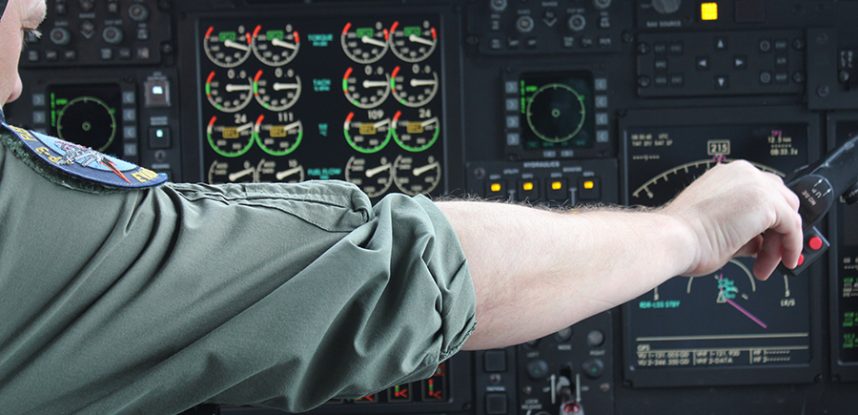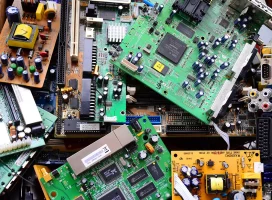Building for VICTORY: The U.S. Army and the Vehicle Integration Network Initiative
It isn’t a high-profile battle, but those who know are aware that our armed forces are engaged in a perpetual war with an enemy that is, ultimately, unbeatable. That enemy is obsolescence. However, just because obsolescence is inevitable, it doesn’t mean there aren’t victories. Or one singular “VICTORY,” as the case may be.
The Vehicular Integration for C4ISR/EW Interoperability Initiative (or VICTORY for short) is a new vehicular networking protocol in development by the U.S. Army. While trying to drive system interoperability on the battlefield, the Army has seen its fair share of skirmishes with legacy systems. With these latest developments, this program seems to have a potential win on its hands.
Making use of an Ethernet-based networking system, the data buses used in VICTORY allow data from each vehicle on the network in addition to data from each individual integrated hardware system on each vehicle. This means that, ultimately, GPS systems can become coordinated, remote-operated weapon systems, and enhanced intercom systems can be connected. Thus, the wide array of Army radio systems currently in use can span across its vehicle fleet. Primarily built around off-the-shelf gear, VICTORY is of particular interest to those of us in the legacy management field, as it takes into account the problem of integrating with vehicle fleets already in service.
The result is a centralized bus system that allows new equipment to connect and disconnect without needing its own set of cables, peripherals, and software. This feature provides a valuable saving of weight, power, and space in vehicles already strained to maintain armament, armor, and speed. Not limited to new fleets, one of VICTORY’s star accomplishments (in our eyes) is a series of adaptors that integrate with legacy vehicles not already designed with the specific system in mind. The result enables soldiers to acclimate to the system using vehicles and gear they’re already familiar with.
The Army will be holding demonstrations of the new system in the spring of 2015, and we’re looking forward to seeing what reviews of the new architecture have to say. While the development and implementation of the new system is sure to take years, the initiative planners have already begun thinking about how to use the system to increase the value of their legacy vehicle fleet—an encouraging sign that obsolescence continues to be a priority in the big picture.
The GDCA Team




